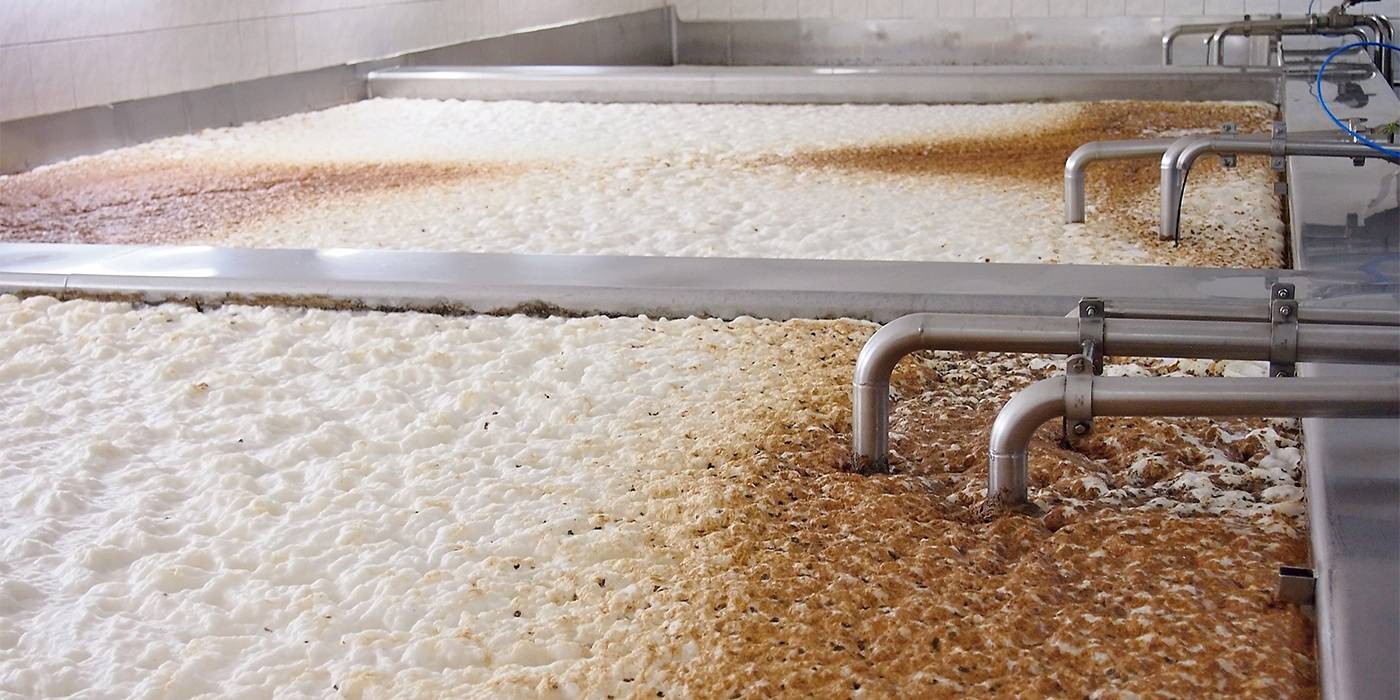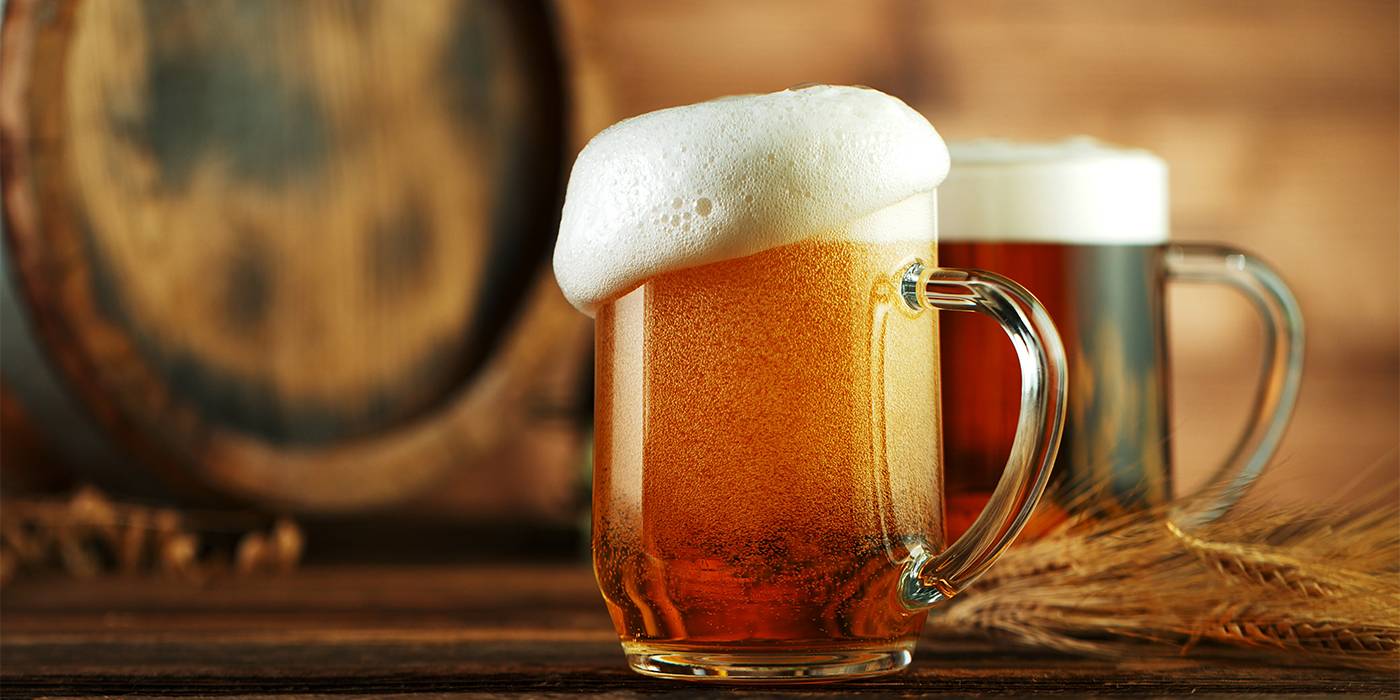Is there sugar in beer? We’ll explain it
Does beer really have sugar in it? Even if it’s not directly added to the ingredients, you may be surprised by the answer - stay and find out!

Julio Cerezo - Beer Sommelier
Director of Sabeer Beer Academy
One of the common questions about the ingredients in beer is whether it contains sugar, particularly for those concerned about their nutritional intake.
IS SUGAR NECESSARY?
It’s important to understand that sugar is not just a necessary ingredient in beer; it plays a crucial role. Sugars are the food for yeast, which allows fermentation to occur, leading to the production of alcohol and the carbon dioxide that characterises our beverage.
These sugars are not typically added but are provided by the cereals used in brewing; primarily barley, which is always included in the recipe, and sometimes also wheat, corn, rice, rye or oats. The brew master is responsible for working these grains during malting and mashing to
their starches mainly into glucose and maltose – two sugars that will nourish the yeast during fermentation. However, these processes also produce other long-chain sugars, known as dextrins, which are too large for the yeast to digest and thus become part of the final product.
These are the so-called residual sugars, which provide a touch of sweetness and a fuller body to our beer. In addition to the residual sugars from the grain transformation, it’s also common in some countries – indeed, it’s a tradition in some places – to add various sugars to create certain styles of beer.

In Belgium, it’s common to add sugar during the brewing process, especially in monastic-inspired beers. By providing additional food for the yeast, the alcohol content of the beer is increased without adding to its body, which would occur if more grains were used.
It’s important to note that, as the yeast metabolises the sugar, the final sugar content in these beers drops significantly compared to the amount initially added. This is not the case with another Belgian style, the Faro, which is fermented with wild yeasts.
This gives it a high acidity profile, and sugar is added to balance the flavour rather than be fermented and converted into alcohol. Consequently, the net sugar content in Faro beers is much higher than in the aforementioned styles.
The sugar content is also higher in some styles such as hazy IPAs or milk stouts, to which lactose is added for creaminess, body and sweetness.
FUN FACT...
'Free-from' and '0.0 beers, although lower in calories, tend to contain considerably more sugar than those with alcohol because of the type of fermentation with which they are brewed, which is much less intense to prevent alcohol production.
In summary, it’s not possible to specify a precise sugar content in beer any more than we can pinpoint a specific alcohol level; each style and individual brew can have very different figures. However, we can state that, in the vast majority of the most consumed beers in Spain, the sugar content comes directly from the cereal, not from other sources, and is quite low (approximately 0.1 grams per 100 ml). This is substantially lower than that found in wines (0.6 to 0.9 grams) and far less than in soft drinks (10 grams).

Cheers!
What do you think about?
Share comments, opinions and tricks with the Community







